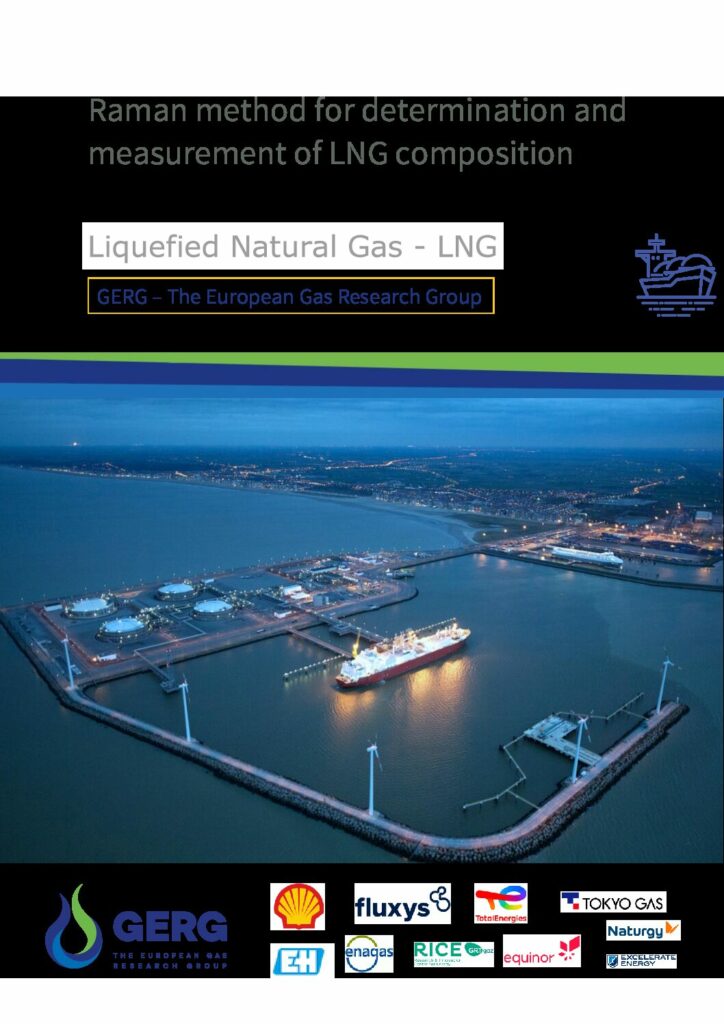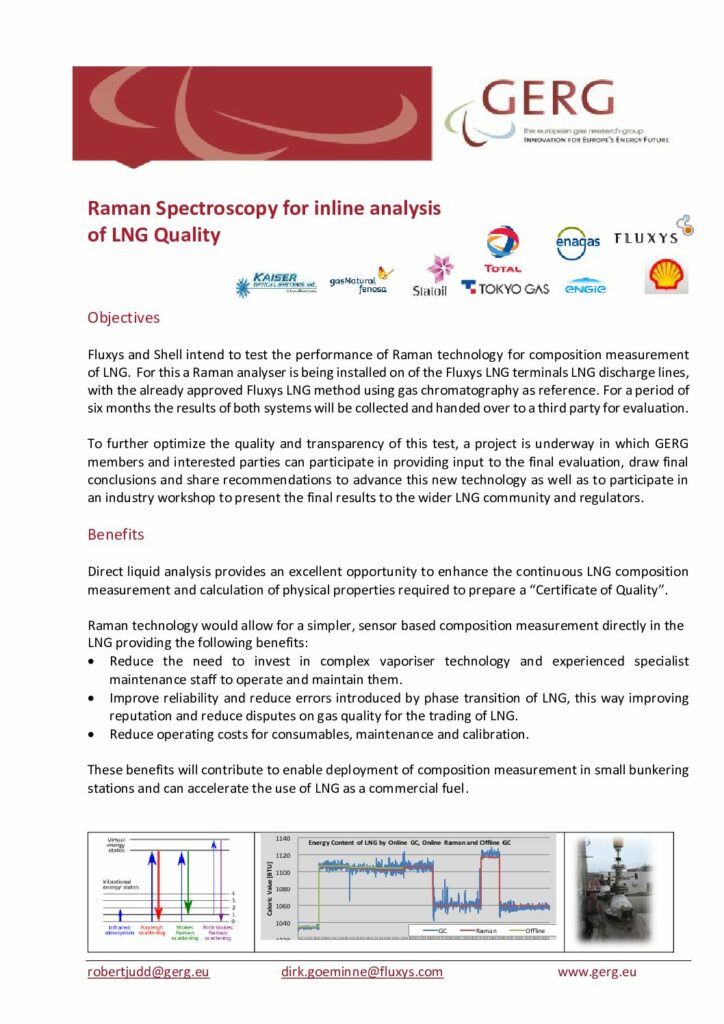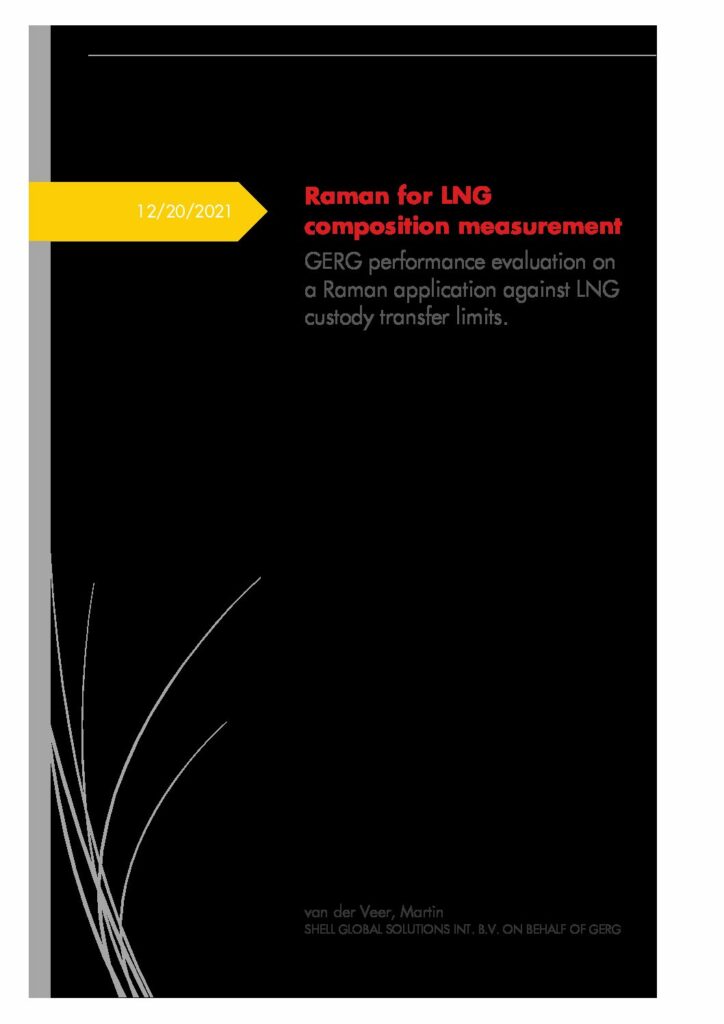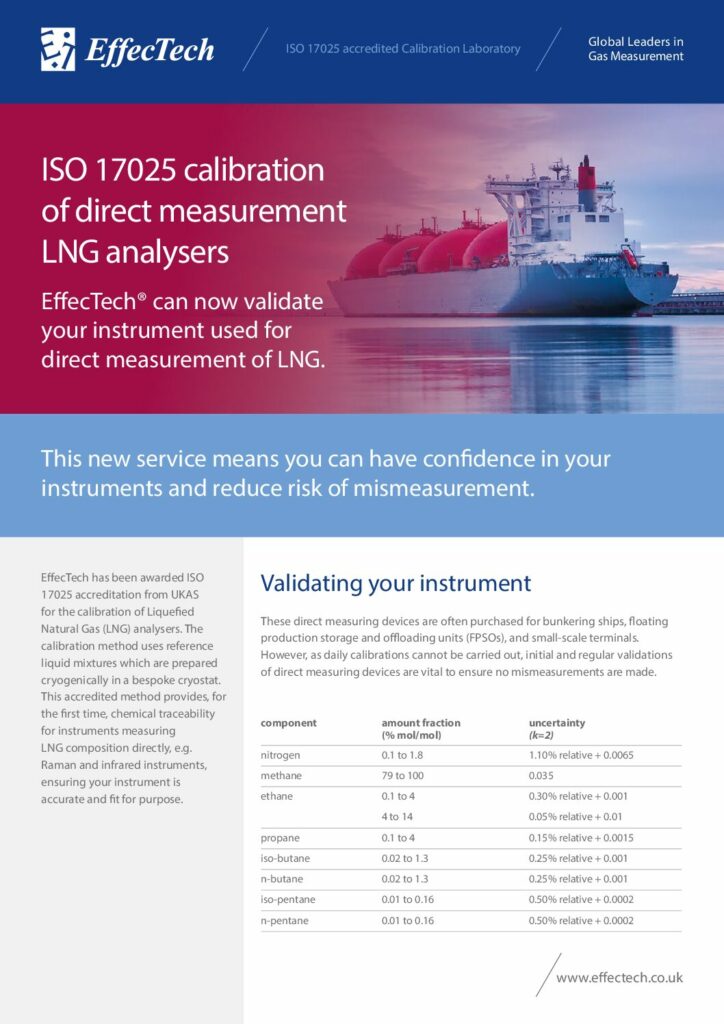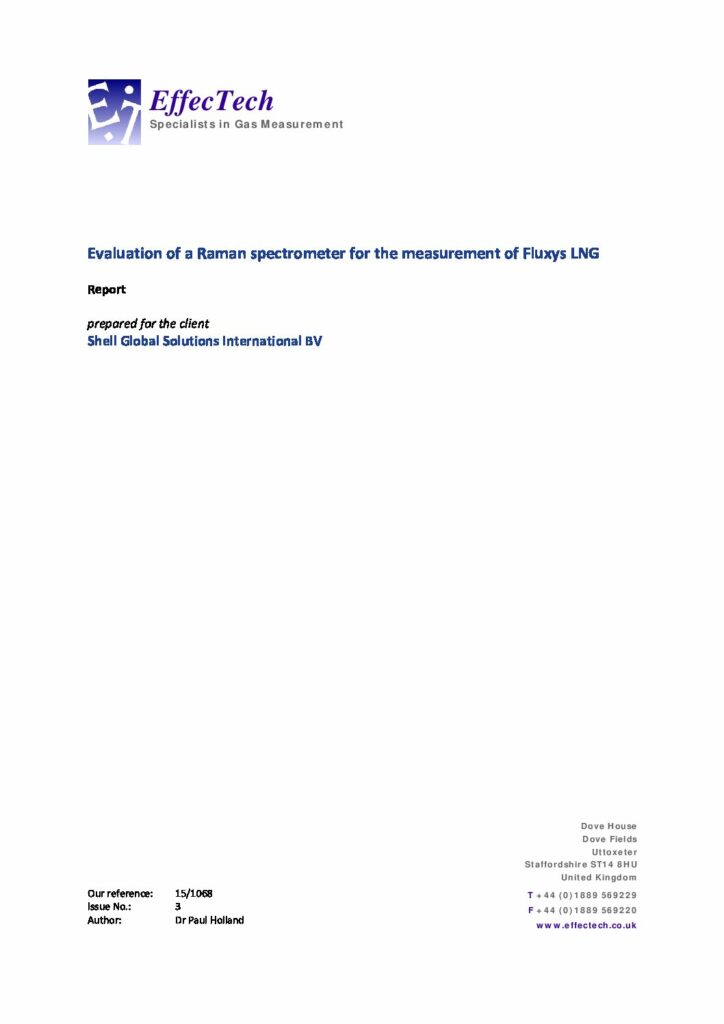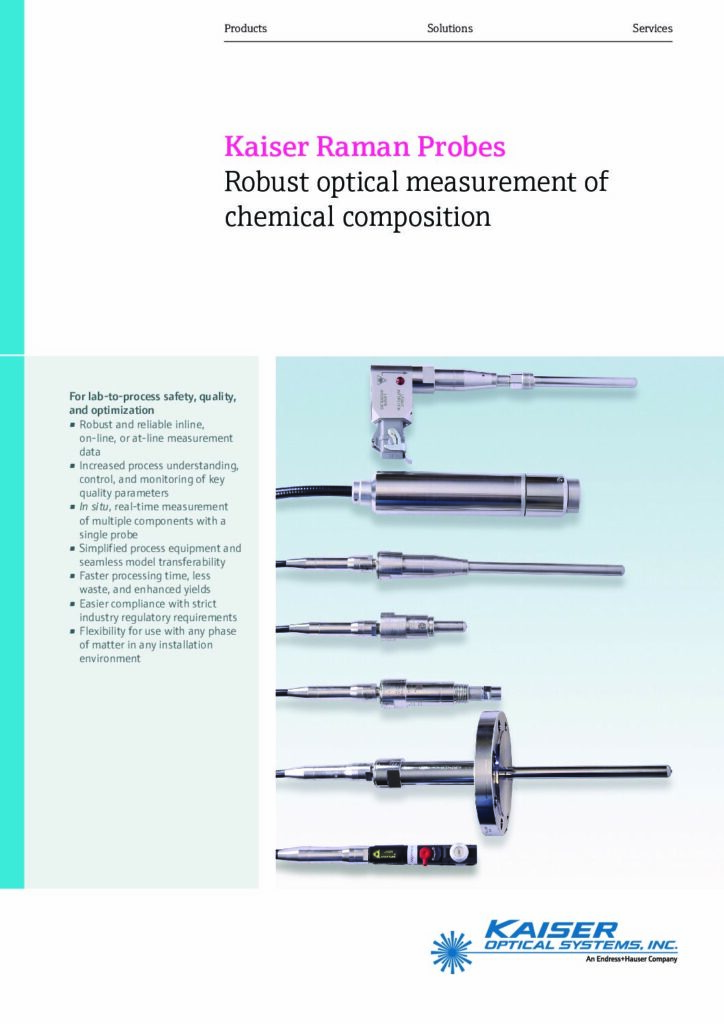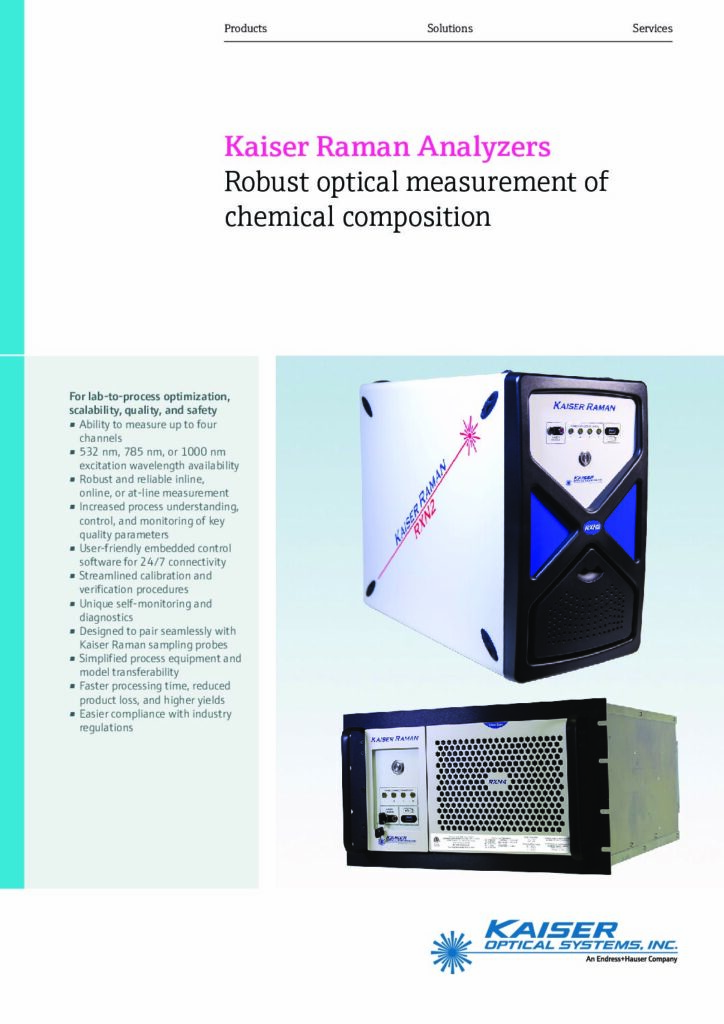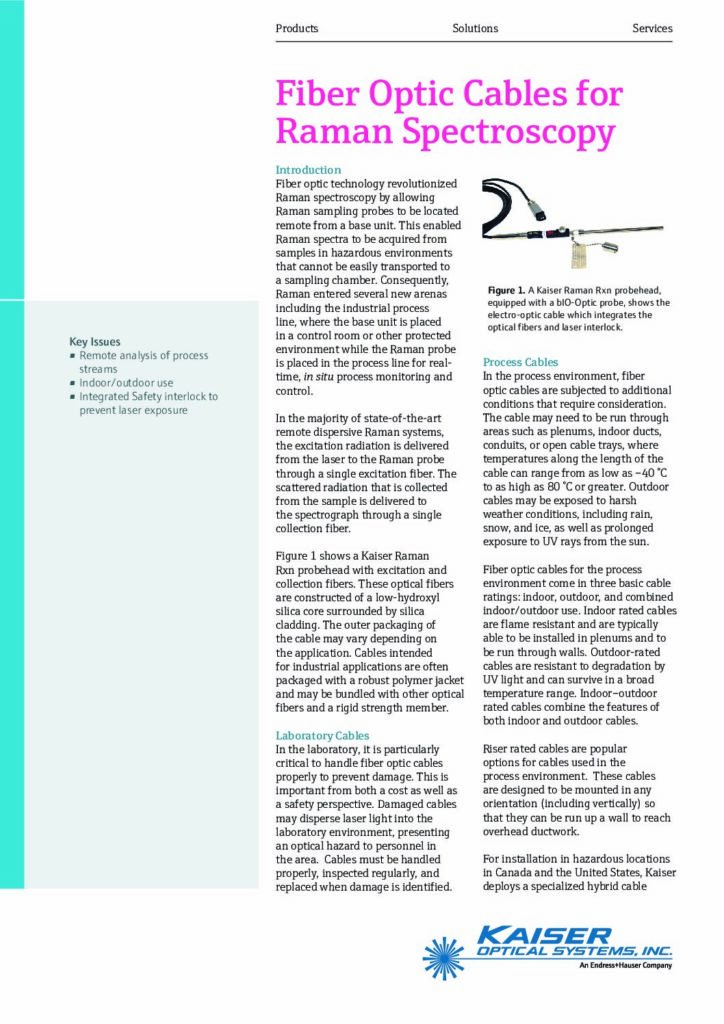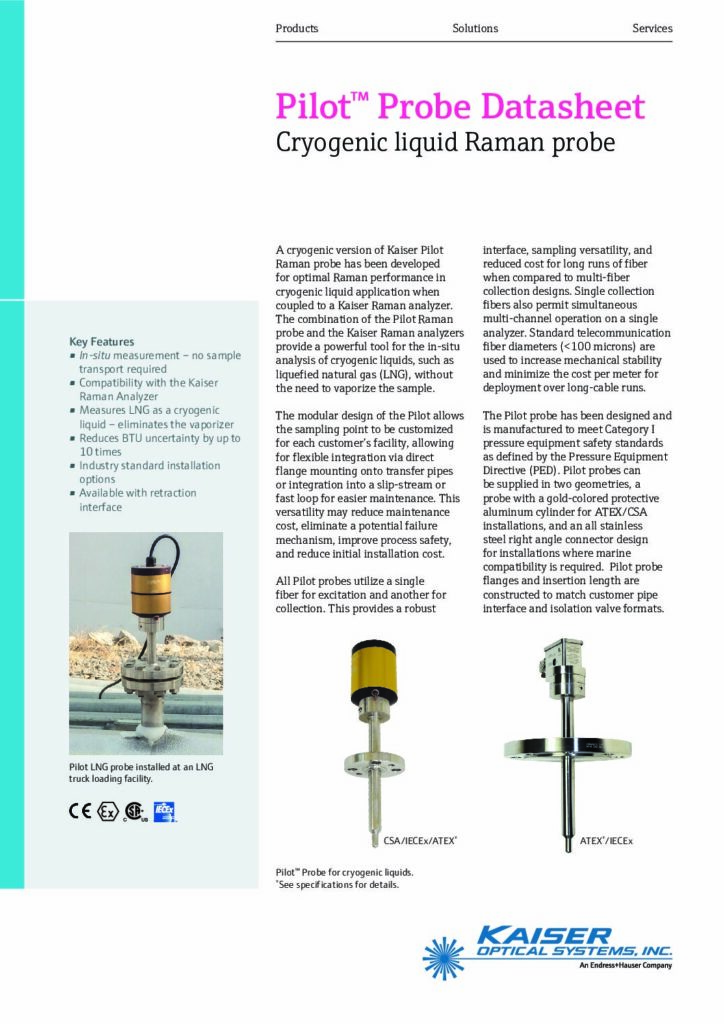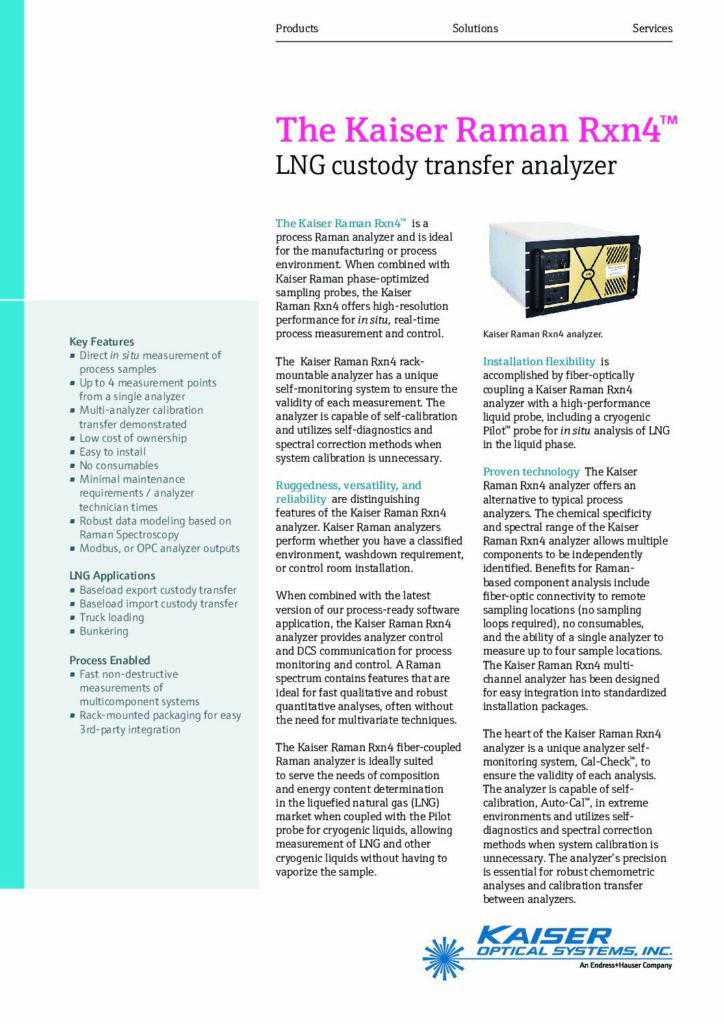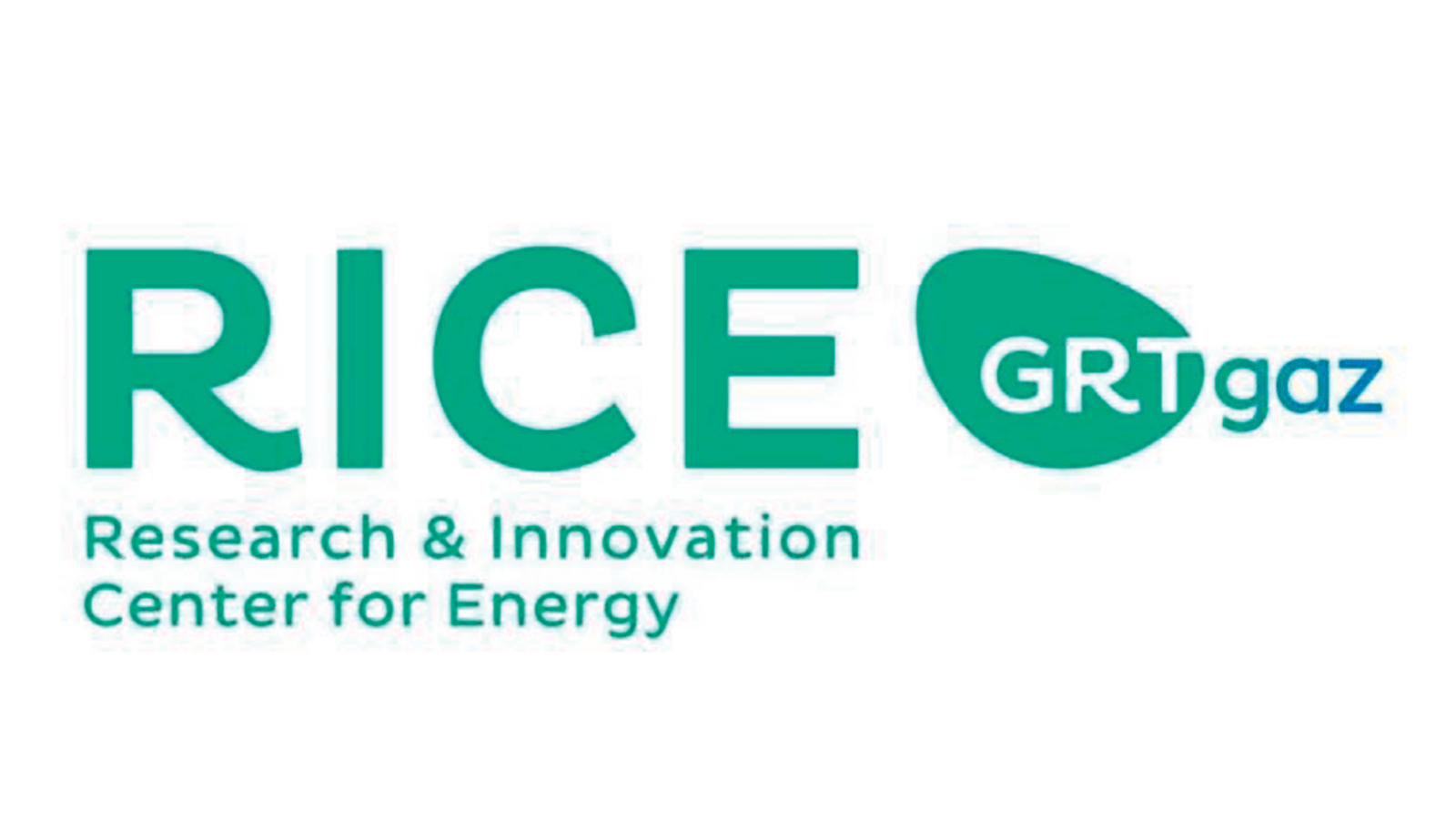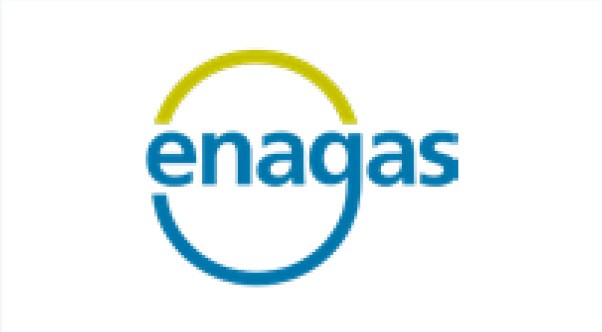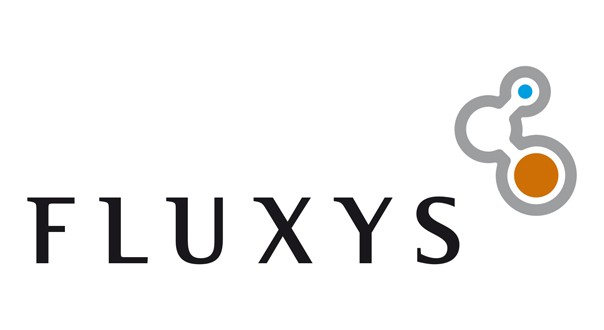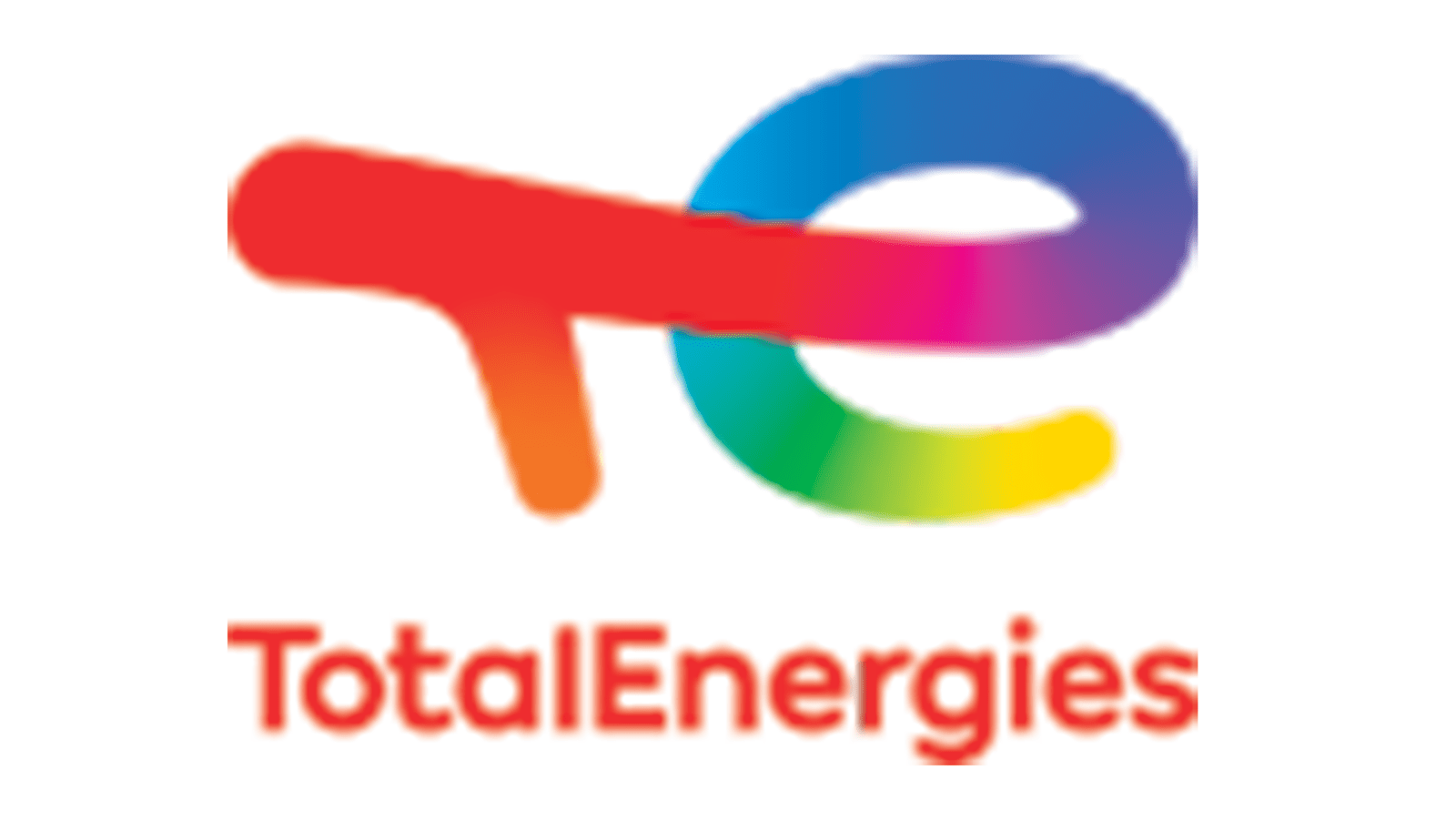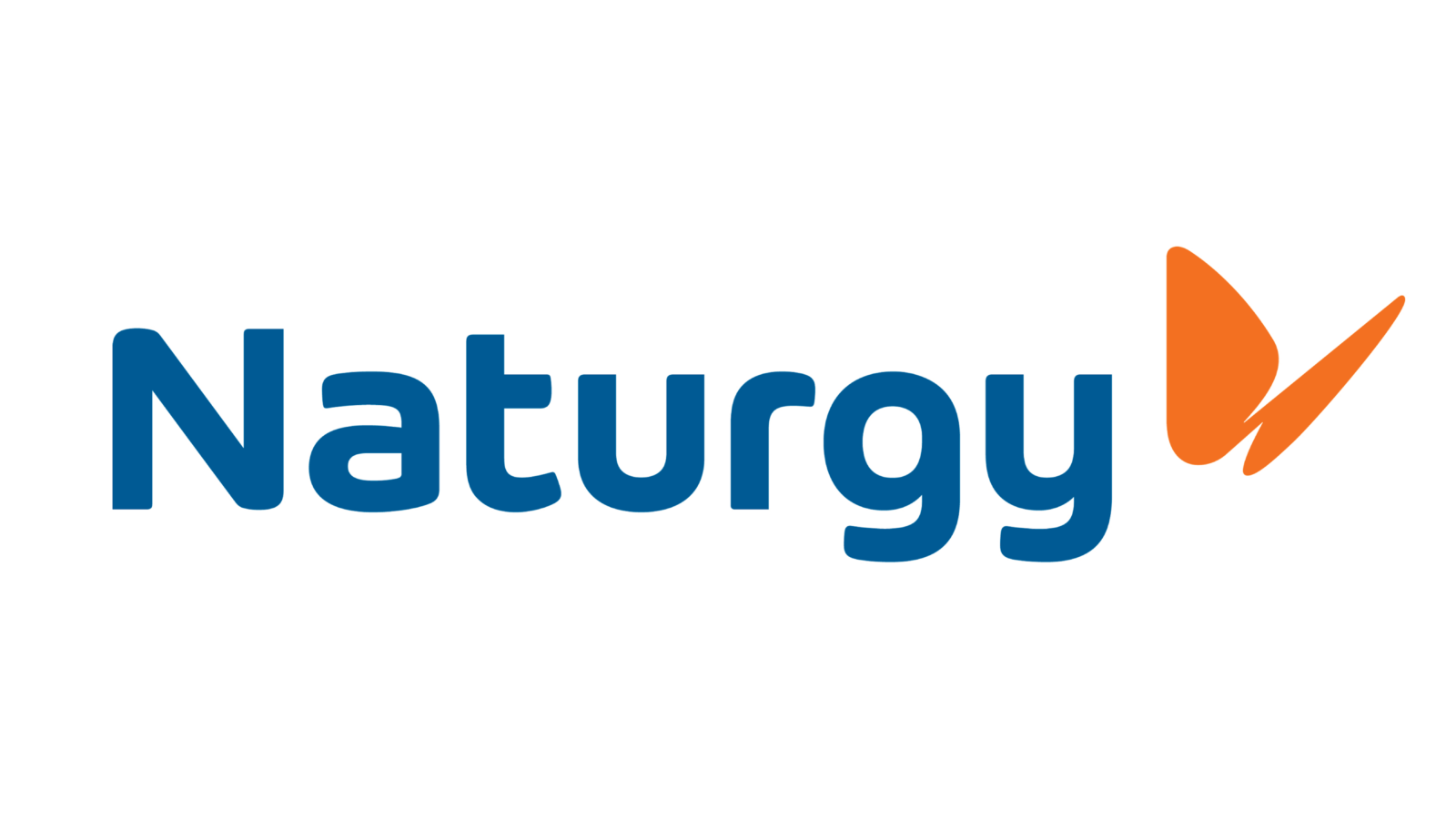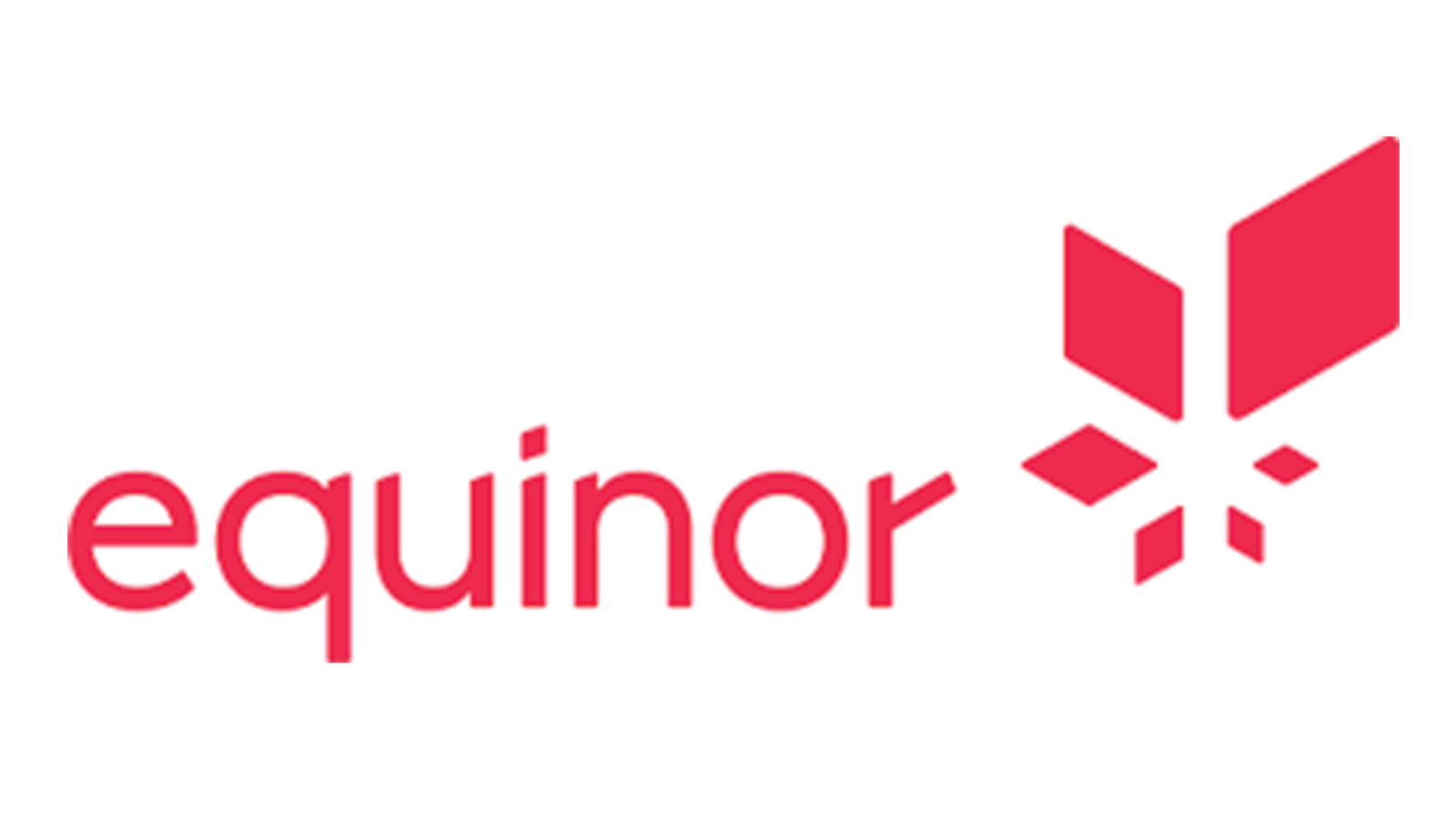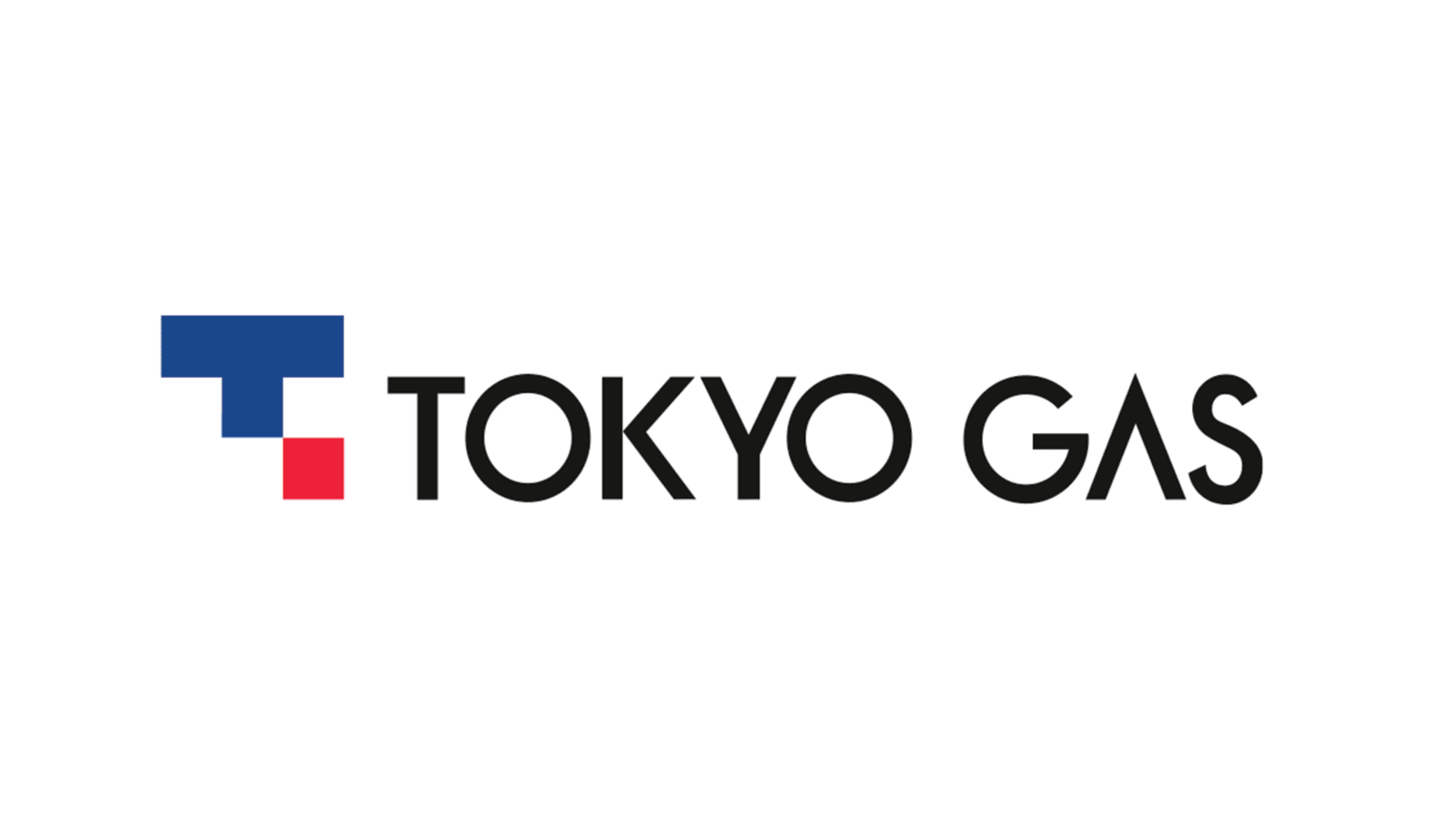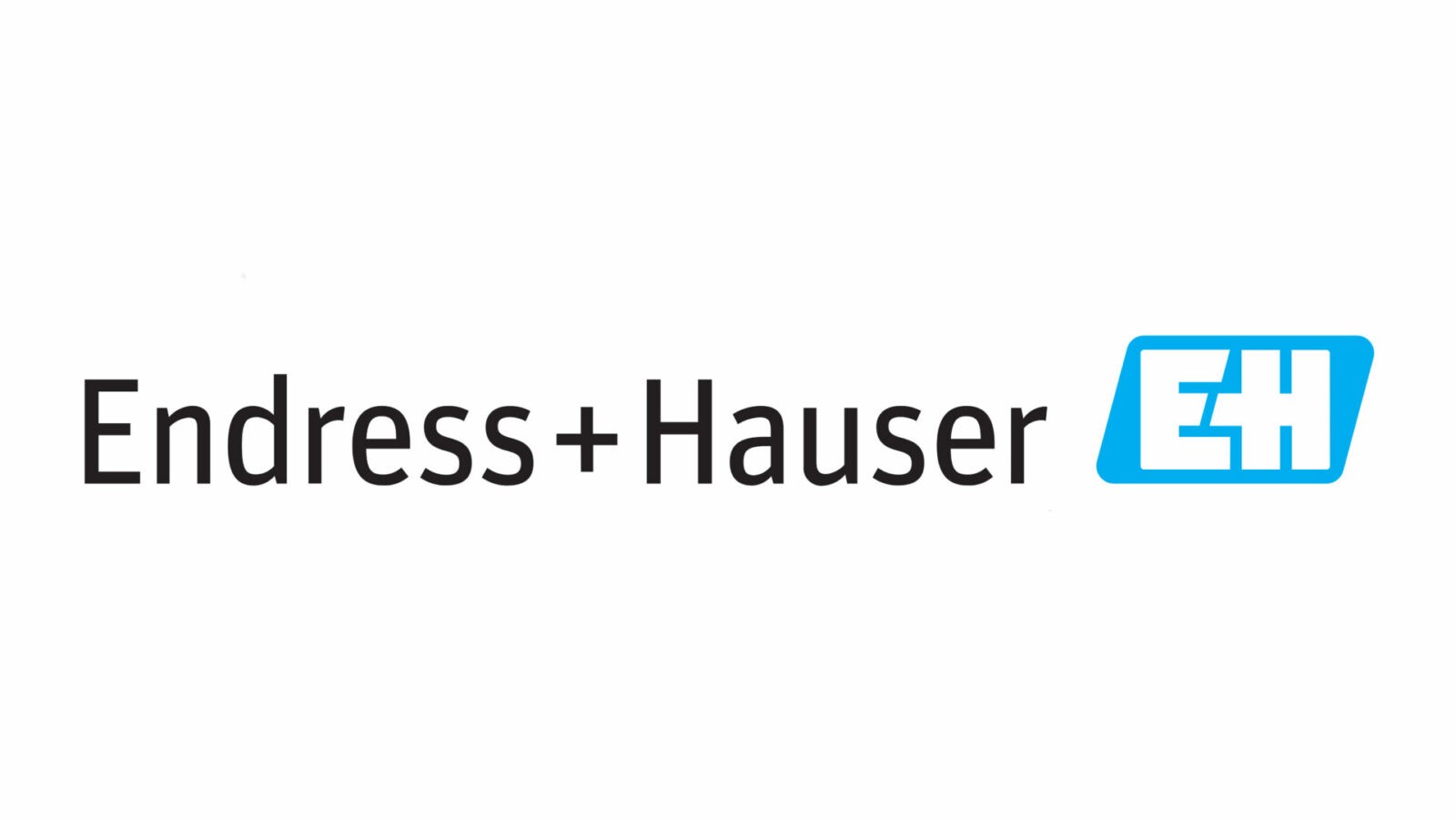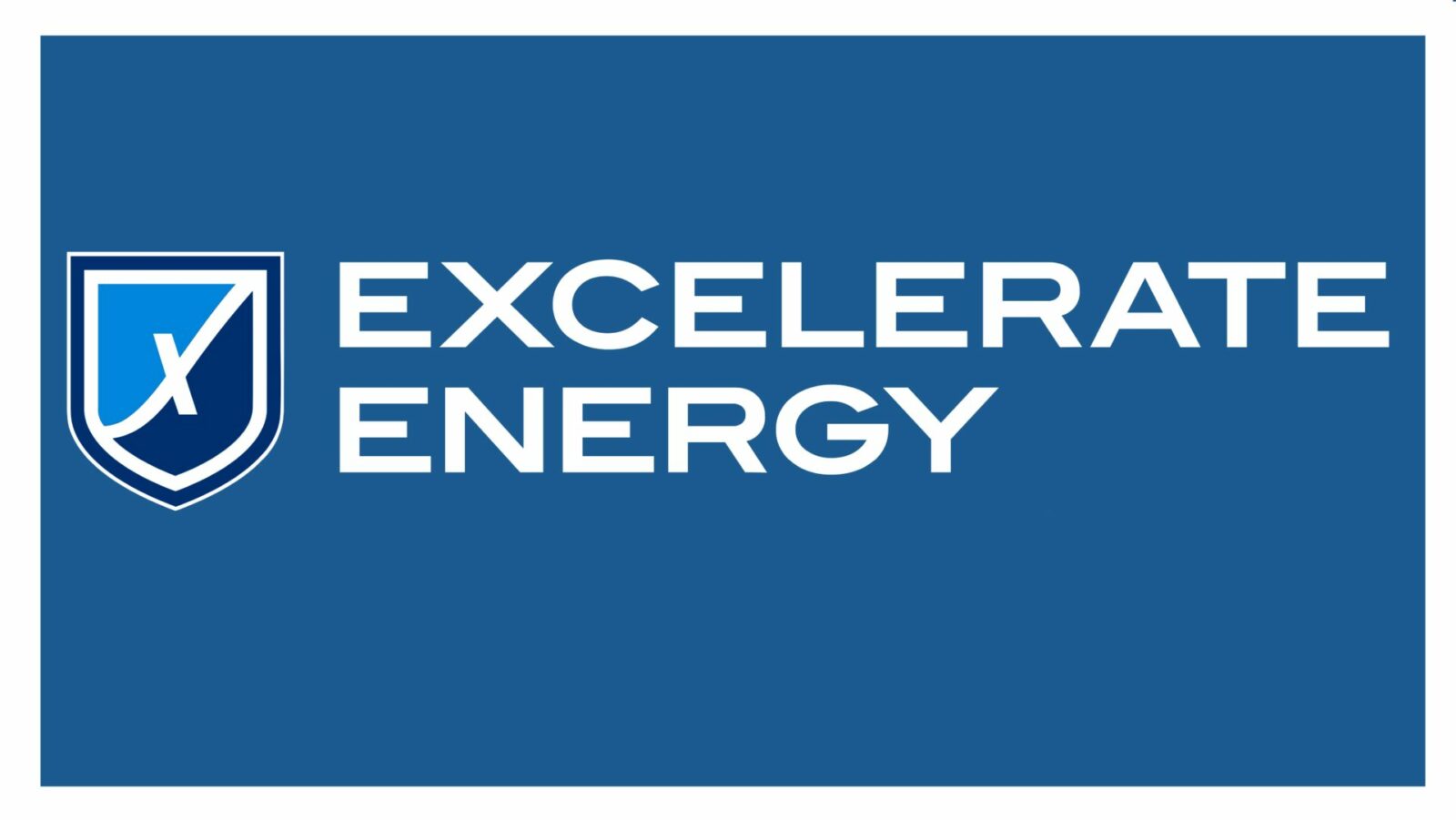Raman spectroscopy measures the composition of liquefied natural gas in the liquid phase. LNG composition data is vital in processing and is required to obtain a “Certificate of Quality” for contractual and fiscal metering.
Some of the benefits of using a Raman Analyzer System are:
- The composition measurement is directly made in the LNG, reducing thus the complexity.
- It reduces OPEX cost and improves measurement precision.
- There are independent systems for retained sample and online measurement.
- It improves on reliability in LNG quality measurement.
- It is easy to deploy in small scale LNG facilities.
Hence, the objective of this project is evaluating the applicability of this technology and the associated reduction in commercial risk due to quality measurements and reduced handling of LNG samples.
This project was led jointly by Royal Dutch Shell and Belgian gas infrastructure company, Fluxys. A Raman analyser was installed on of the Fluxys LNG terminals LNG discharge lines using gas chromatography as reference.
The final report was produced during december 2021. This report is sharing the results and conclusions of the performance evaluation for Raman technology based on the latest LNG model developed by the Raman manufacturer. The testing contained verification against certified LNG standards at a metrology laboratory and field testing against a traditional LNG custody transfer measurement at the LNG terminal of Fluxys LNG in Zeebrugge, Belgium.
It was concluded that the Raman analyser performance, when verified against a certified high accuracy LNG standard, meets the GIIGNL CTH version 6.0 performance criteria for LNG custody transfer and
measurements were in close agreement with a well-maintained traditional LNG custody transfer measurement.
Demonstrated by outperforming one of the best-in-class GC/Vaporizers on repeatability, the
Raman analyser proved to be a reliable instrument, more robust to process changes while requiring
no maintenance for the full testing period.
Principally, the uncertainty limits that can be achieved for a well-engineered and maintained
GC/Vaporizer system can be tighter than that of a Raman analyser system. However, the required
OPEX and technical expertise necessary to a to outperform the Raman analyser system is extensive.
You can download the final report and the deliverables here:

